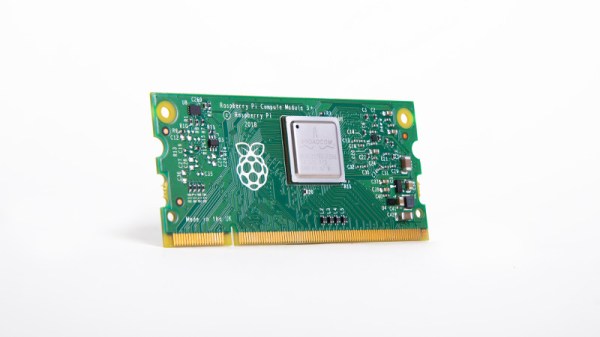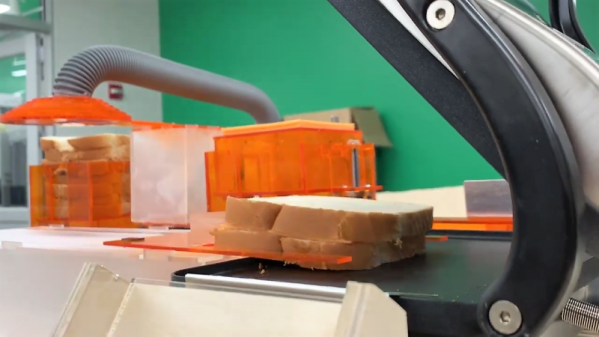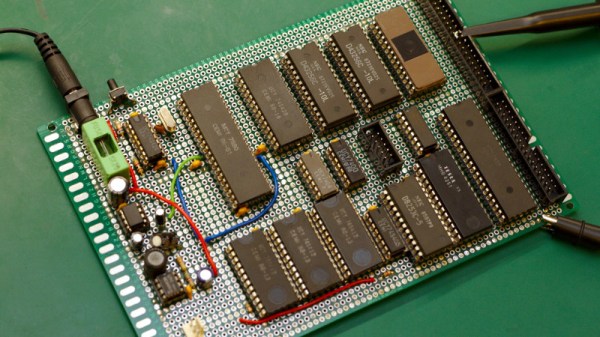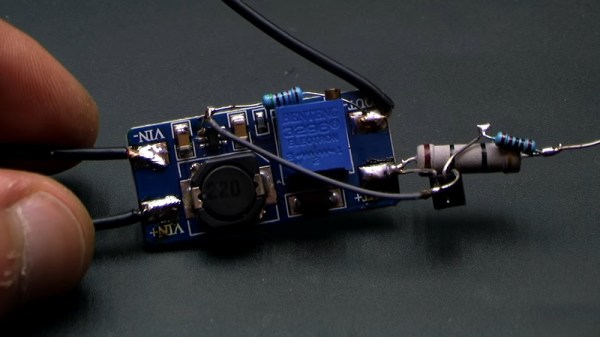Every technological advancement seems to have a sharp inflection point, a time before which it seems like any early adopters are considered kooks, but beyond which the device or service quickly becomes so mainstream that non-adopters become the kooky ones. Take cell phones, for example – I clearly remember a news report back in the 1990s about some manufacturers crazy idea to put a digital camera in a phone. Seemingly minutes later, you couldn’t buy a phone without a camera.
It seems like we may be nearing a similar inflection point with a technology far more complex and potentially far more life-altering than cameras in cell phones: powered exoskeletons. With increasing numbers of news stories covering advancements in exoskeletal assistants for the elderly, therapeutic applications for those suffering from spinal cord injuries and neurodegenerative diseases, and penetration into the workplace – including the battlefield – as amplifiers of human effort, it’s worth taking a look at where we are with exoskeletons before seeing someone using one in public becomes so commonplace as to go unnoticed.
Continue reading “The Cyborgs Among Us: Exoskeletons Go Mainstream”

















